The Victorian era saw many extreme fashions that came and went relatively quickly. I have covered my favorites for Recollections, including the rise and fall of the bustle, which took place in the 1880s. I have tended to focus on extreme styles that emphasized the various trending silhouettes over the years, but there were also extremes in accessories, as seen in the Edwardian era with the Merry Widow hat, and in the “puffy sleeves” seen in the 1890s. In some ways, the enormous, round sleeves of the 1890s were the last “large” style of Victorian-era clothing that would gradually give way to the sleek, long styles that would emerge by the time 1920 hit.
Puffy sleeves would rise and fall as a trend as quickly as the bustle had in the decade before, but they would be large enough to never be forgotten.
How it started: sleeves of the 1880s
Plump-ness was largely focused on the backside of women’s dresses in the 1880s, with the bustle being the “extreme” fashion of the time. Design-wise the emphasis was on this part of an ensemble, with sleeves playing an “accent” role and the bodice more of a supporting role (no pun intended).
Most sleeves during the 1880s were tightly fitted with virtually no shape or lift at the shoulder. Evening gowns often had extremely low necklines and short, “barely there” capped sleeves.
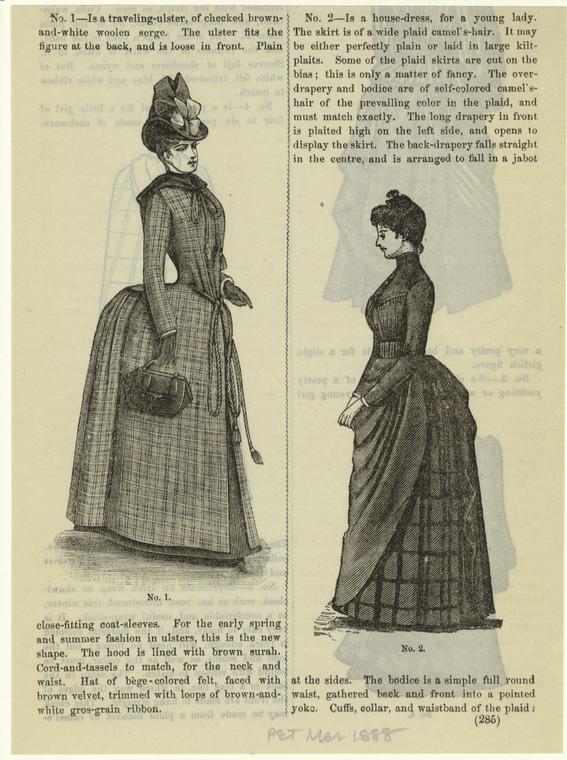
1891: the sleeve begins to creep vertically
With the fall of the bustle came a need for expansion in a new area. The gradual move toward the full sleeve is seen early on in the decade with height being added to the shoulder from as early as 1891.
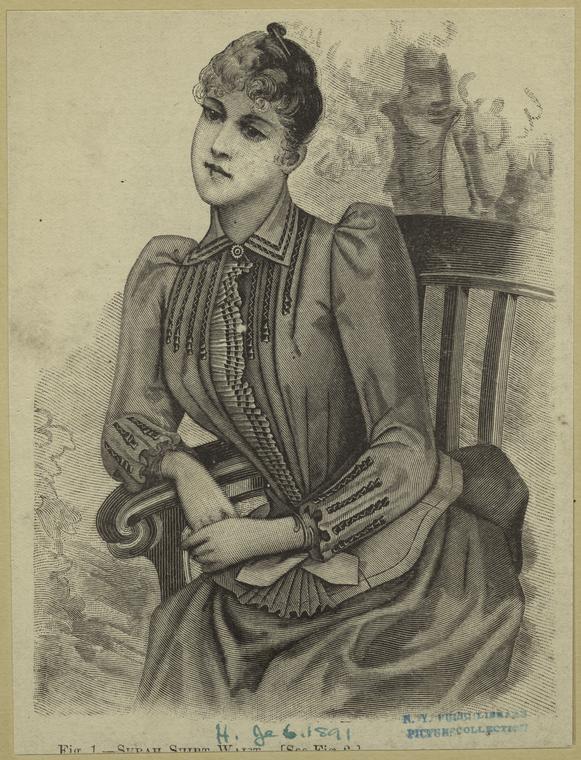
1892: the expansion begins
Dresses and gowns from 1892 saw increased height at the shoulder, met with some fullness, though it would only slowly start to creep down toward to elbow for the next year or two.
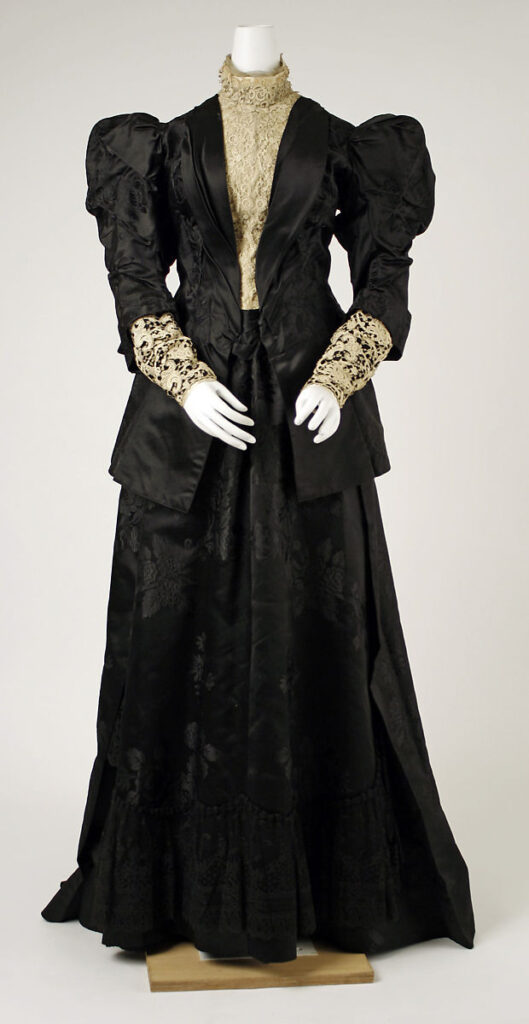
1894: fullness is gathered at the elbow
By 1894 the trend of fullness at the sleeve was in full swing, with height remaining the shoulder, but with the fullness now extending to the elbow.
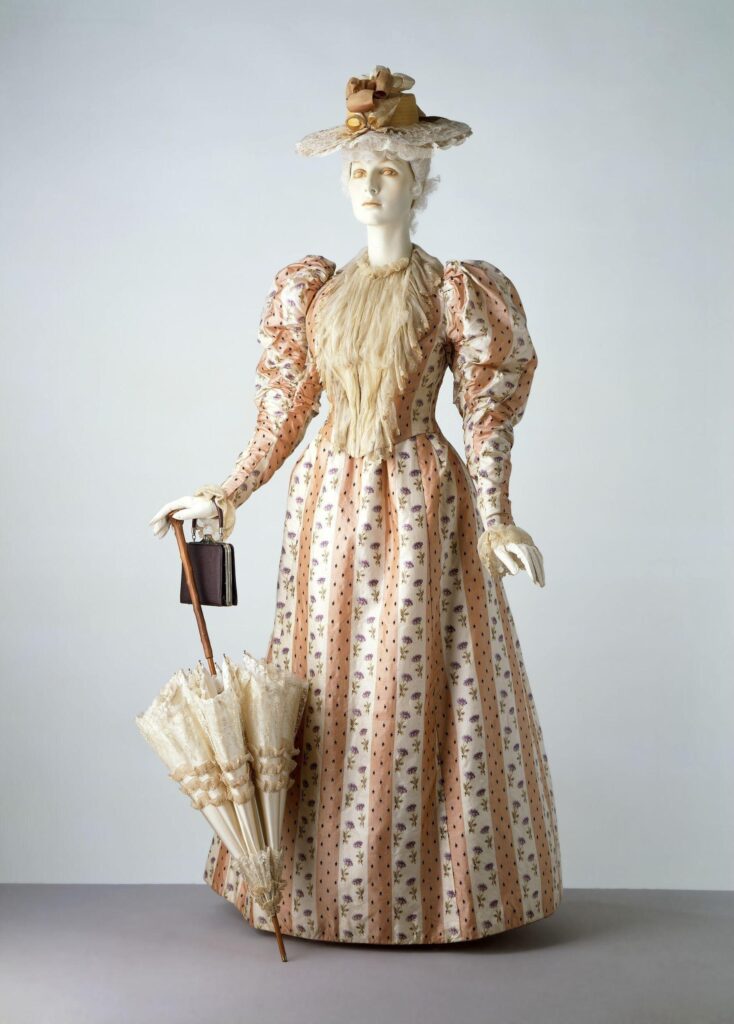
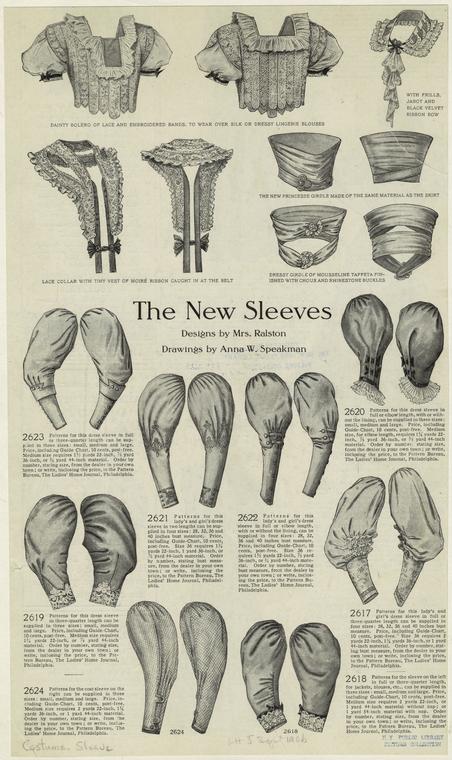
But sleeves hadn’t seen anything yet!
1895-1895: go for gold
The goal from mid-1894 to the beginning of 1897 was to get the sleeve as large as possible. There was some precedent for this look, calling back to the 1830s and the re-emergence of full gowns following the brief popularity of empire-waist dresses and fitted sleeves of the Regency. It is possible that designers relied on this for inspiration.


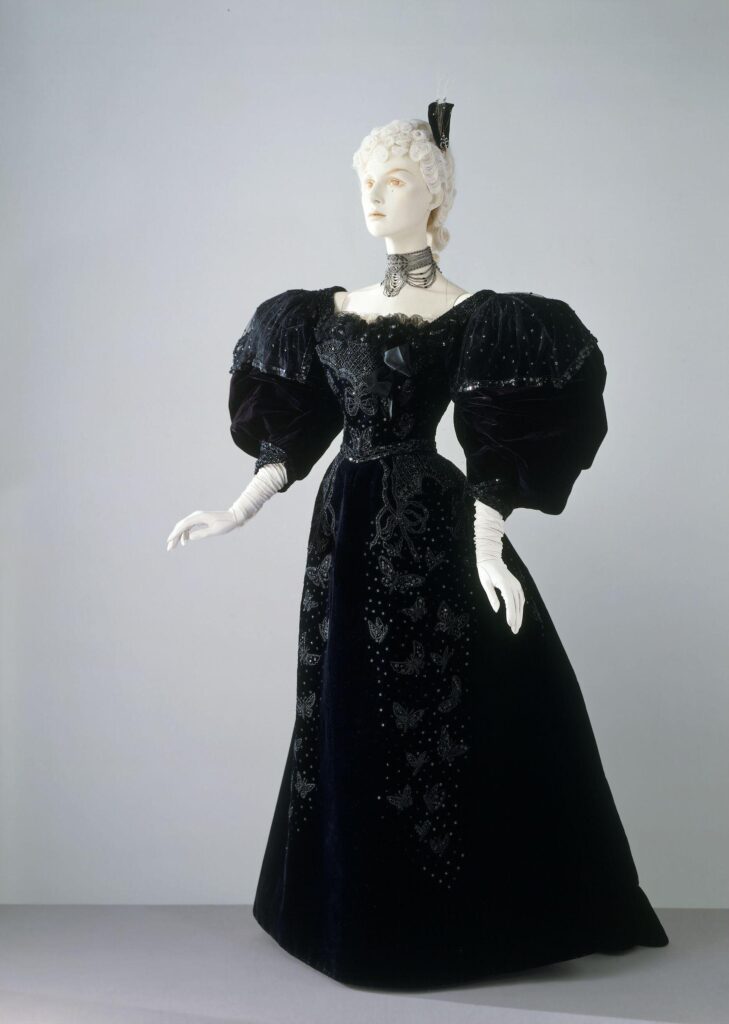

Puffy sleeves: how was the fullness maintained?
As you can see from the photos, the fullness of the sleeve didn’t hang or rest against a woman’s arm, it stood upright. This was accomplished multiple ways, including the use of boning and stiff fabrics as used to make crinolines during the mid-1800s. Another way was by bringing back a tool from the 1830s, the sleeve support.
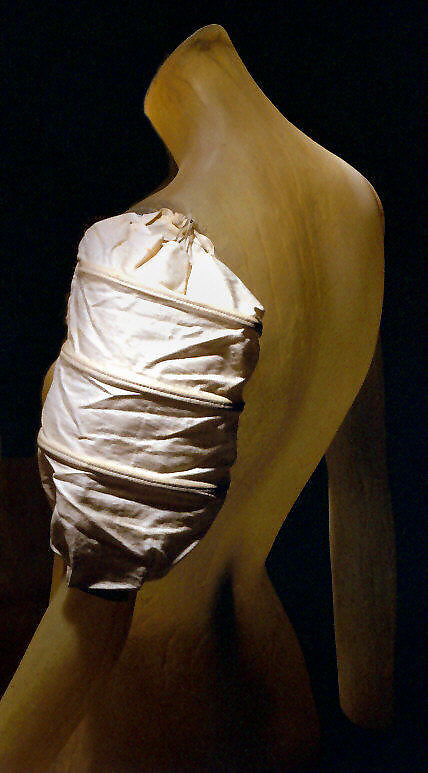
Says the Metropolitan Museum of Art:
“The inflated sleeves of the 1830s and the 1890s were augmented by a variety of supports, either worn as underpinnings or incorporated into the structure of the sleeves themselves. Sleeve supports were frequently down-filled pillows, but chintz with ribs of wire or cane was also used to make somewhat airier lantern-like forms. Although impressive in mass, the earlier sleeve puffs did not disrupt the line of the shoulder. Instead, because they were poised so precariously on the upper arm, the sleeve’s outline simply continued in a descending line from the shoulder. It was only in the 1890s that giant puffed sleeves obtruded above the line of the newly squared shoulder.”
And of course, the trend did not go unnoticed
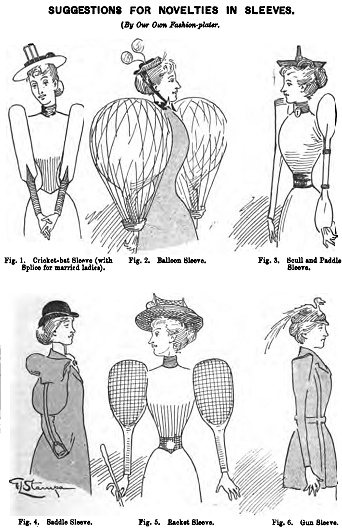
1897: fullness at the top with the POUF beginning to deflate
Perhaps women’s arms became exhausted from the sleeve supports and extra heavy fabrics, as the sleeve began to deflate in 1897. The change happened quite quickly, with hardly any fullness remaining at the elbow by the end of the year.

Image source: Bevier Historic Dress Collection
1898: the beginning of the shirtwaist and the expansion moving toward the front
The disappearance of the full sleeve would be complete by 1898 when the S-silhouette would take over as the style of the day, and padding was placed in the front of the top rather than the sides.
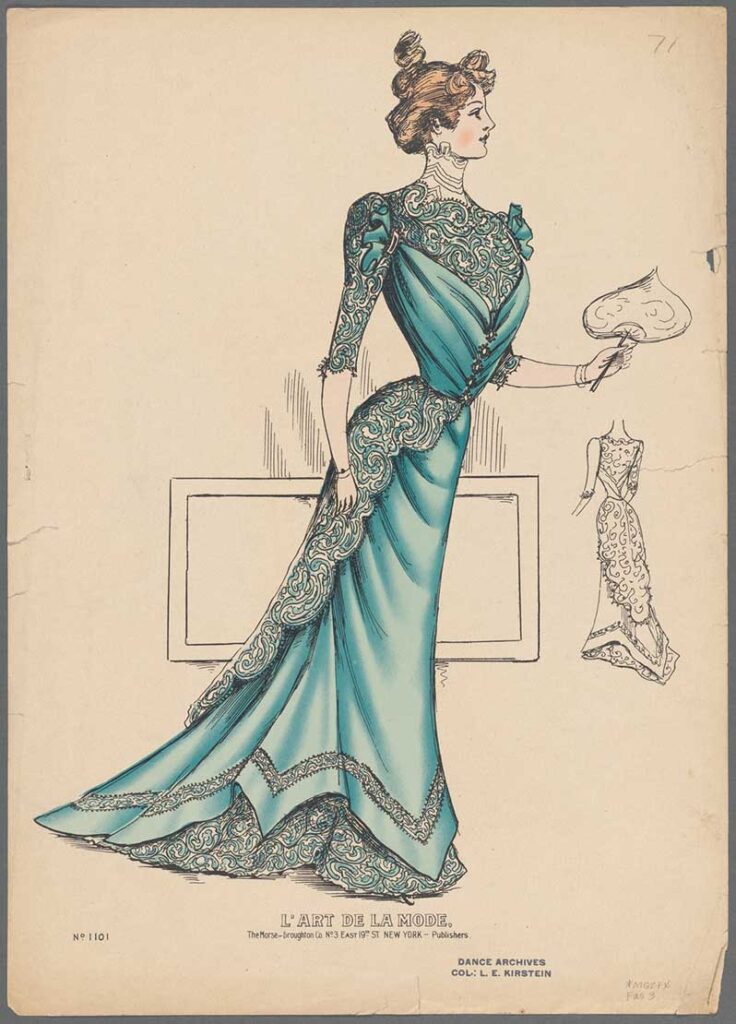
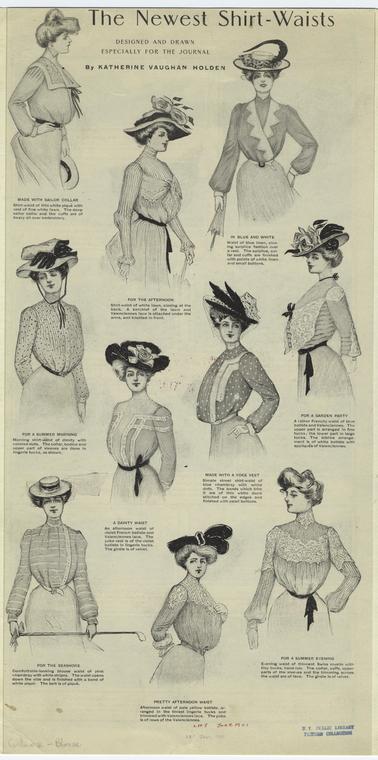
What is your favorite type of sleeve to wear? What about from history?
Love fashion history? You may enjoy these posts:
Victorian Dress Reform: Who, What, When, and Why
Achieving the Gibson Girl S-silhouette: it’s all about the padding

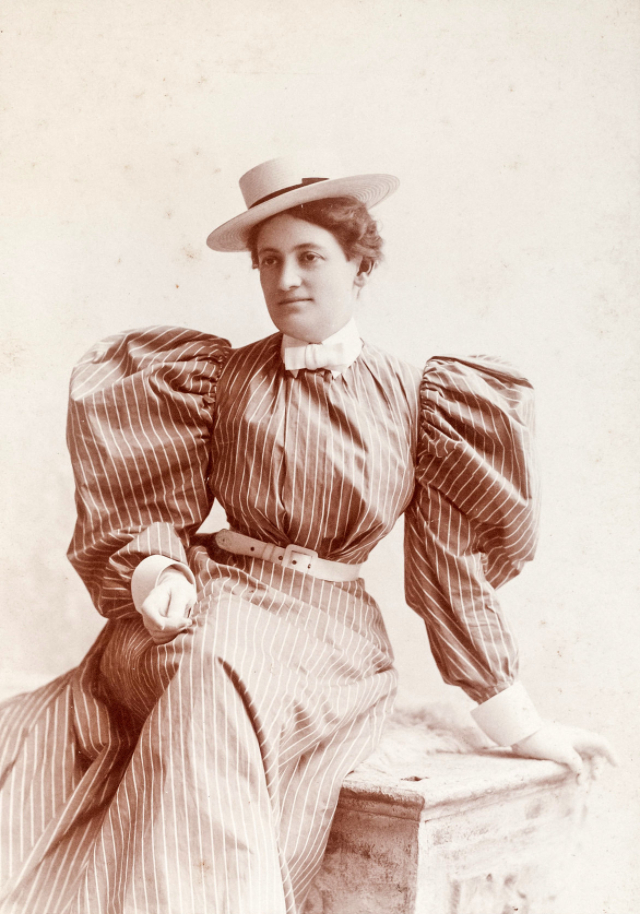












This is completely fascinating— thanks!
Wow! Never seen a sleeve support before.